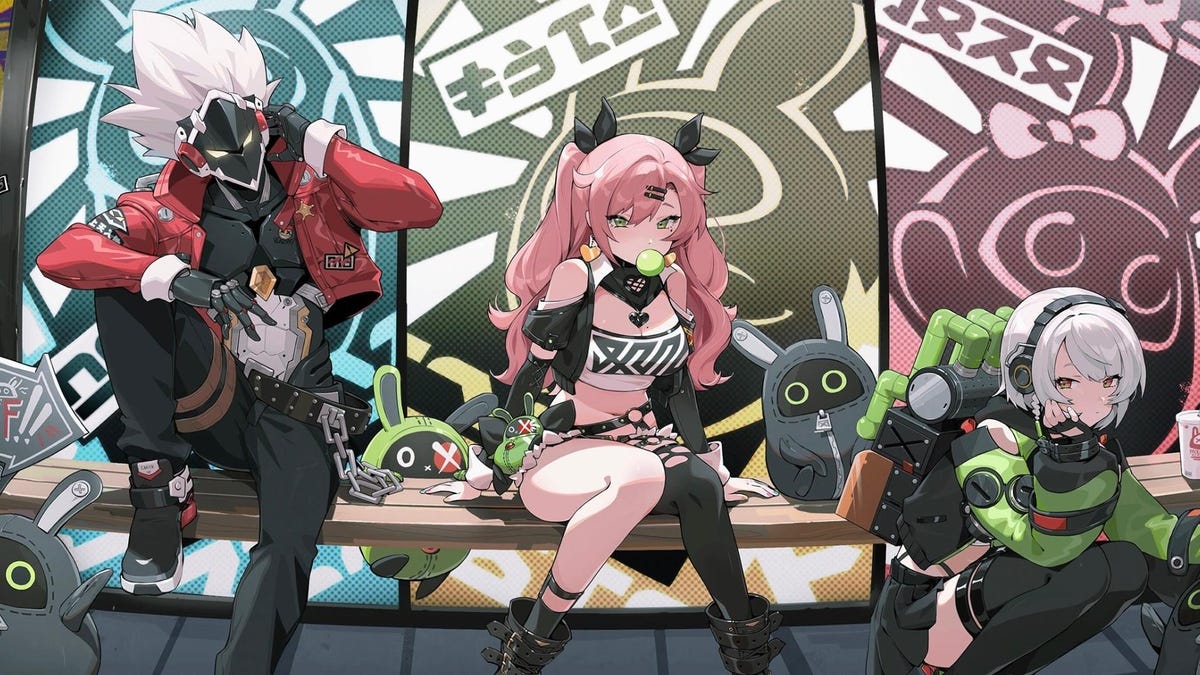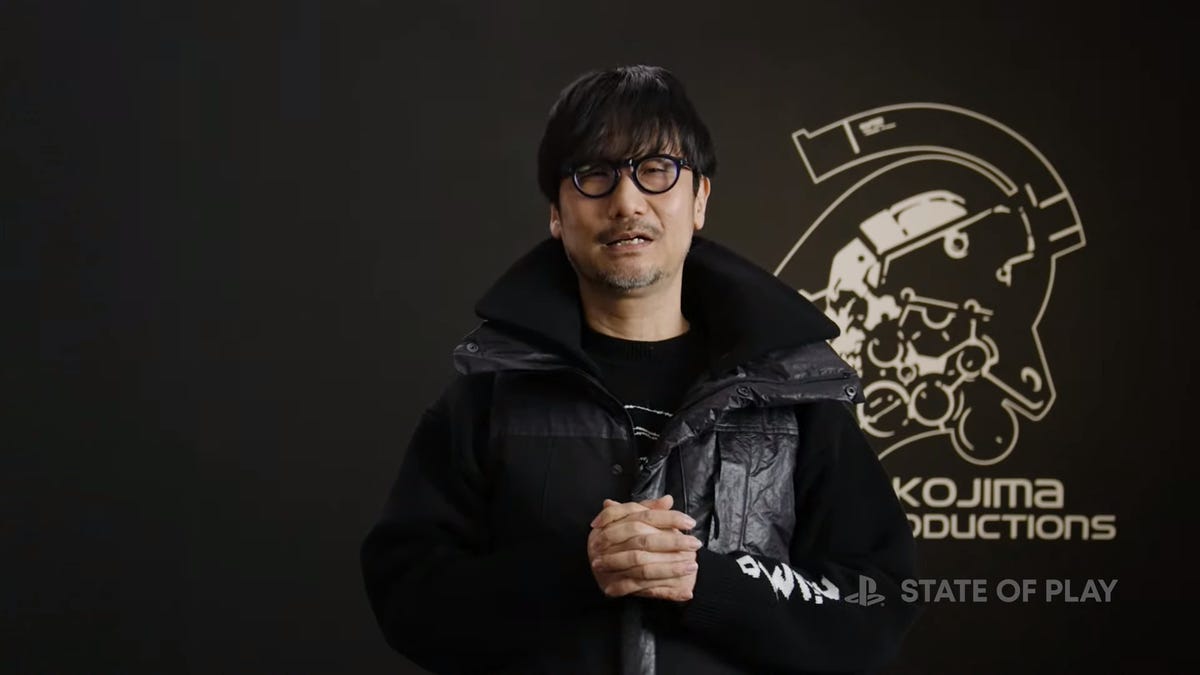The announcement during last night’s State of Play that a new entry in the Silent Hill franchise was out now and available for free immediately brought to mind the legendary P.T. demo. Sadly, the intrigue Silent Hill: The Short Message stoked during its trailer never pays off after playing through the entirety of this two-hour experience. A setting and story full of potential at the start quickly unravel into something shallow and predictable. The lasting impression The Short Message leaves is a sense of worry that this is a sign of things to come for the franchise as fans await the Silent Hill 2 remake and Silent Hill f with bated breath.
Dragon’s Dogma 2’s New Class Is A Twirling Death Machine
Share SubtitlesOffEnglishShare this VideoFacebookTwitterEmailRedditLinkview videoDragon’s Dogma 2’s New Class Is A Twirling Death Machine
Immediately upon starting The Short Message, it’s hard not to have flashbacks of P.T. Both games start inside a decrepit room with a single door leading into a spooky prison holding the protagonist players see through the eyes of in first-person. In Short Message, the protagonist is teenager Anita. On the urging of text from her friend Maya, a talented graffiti artist with a respectable following on social media, Anita finds herself exploring a rundown apartment complex in Germany that locals say is cursed. That curse takes the form of an unusually high rate of suicides amongst young girls who come to the abandoned building and never come out alive.
The Short Message needs plenty of trigger warnings for its content. The game itself does give ample warning of its subject matter, which is much appreciated, but players may still be taken aback at a couple specific moments even with that warning. The narratives revolve entirely around suicide, self-harm, and bullying. This includes some unnecessarily graphic scenes that add little to the overall experience beyond cashing in some shock value.
The abandoned complex you explore throughout the duration of The Short Message has amazing set dressing throughout, and when paired with a score by Silent Hill veteran Akira Yamaoka the spooky vibes are immaculate in the game’s first hour. There is still a sense of mystery and intrigue to the larger story in early moments, and exploring the haunted house Anita finds herself trapped in is a delight. There is a nightmare logic to the layout of the building that keeps the player unsettled in the ways you want from a horror game. But even more surprising is how interesting the history of the building is. Beyond Anita and Maya’s short time in this cursed space, bits and pieces of a larger story doled out in discoverable text paint a fascinating picture of corporations trying to pump money into multiple attempts at making this now-defunct living space a thriving community.
Most of the game occurs through undisturbed exploration, but there are a handful of moments in which Anita finds herself chased by a monster that haunts the halls of the building. These sequences require the player to run down a series of repeating hallways in search of the right path that gets you to the next step of the game’s story. The problem is that there isn’t any guidance on how to navigate these mazes, often leading to the need to restart the section repeatedly, to the point being chased by the monster loses any sense of dread. (Which is a shame, considering the monster design rules!) The tall lanky figure draped in white, tied up with barbed wire, and blooming with cherry blossoms is immediately evocative. What else would you expect from iconic monster designer Masahiro Ito, the man behind Pyramid Head?
The bulk of the game revolves around Anita piecing together what happened to Maya. Despite her art being popular on social media, she has been bullied mercilessly at school and got an unhealthy attachment to being praised on social media—to the point she became obsessed with it. The Short Message’s most interesting stylistic flourish comes in flashbacks shot in live-action that center on conversations between Anita and Maya impactfully address questions of reality versus fiction in the mind of Anita. This all gets tied together with constant talk of suicide and self-harm that that often gets uncomfortably close to glorifying it.

